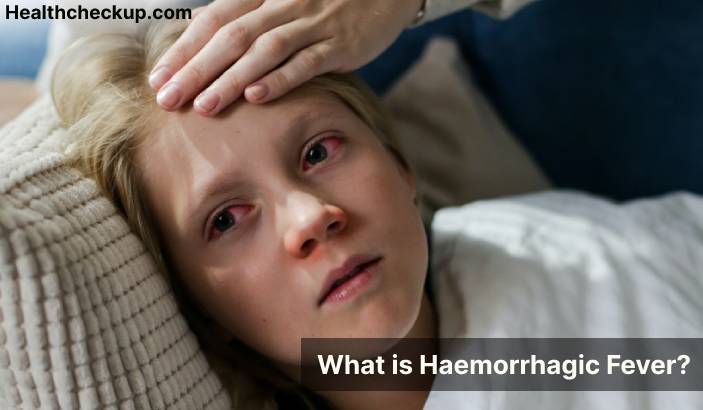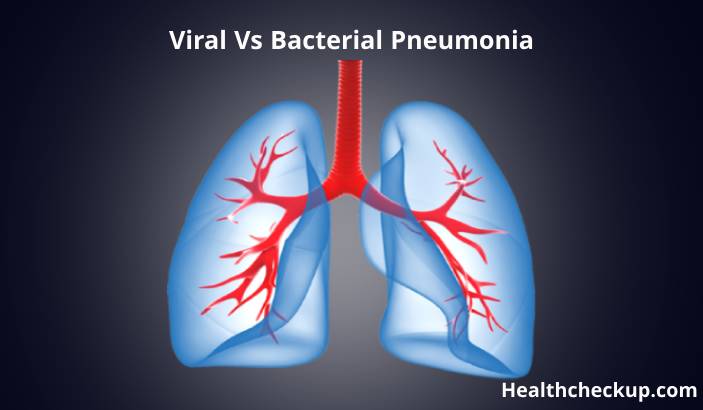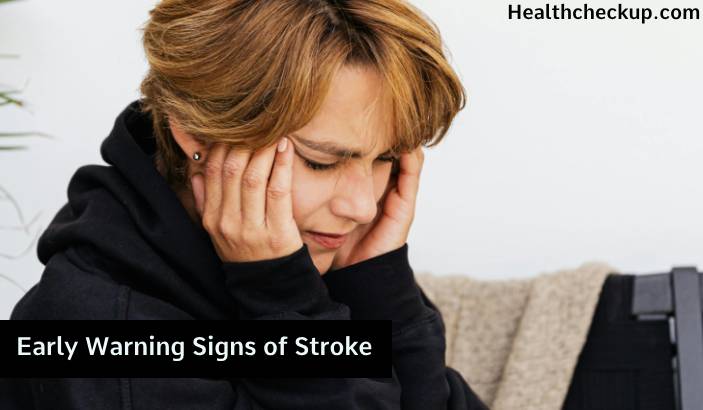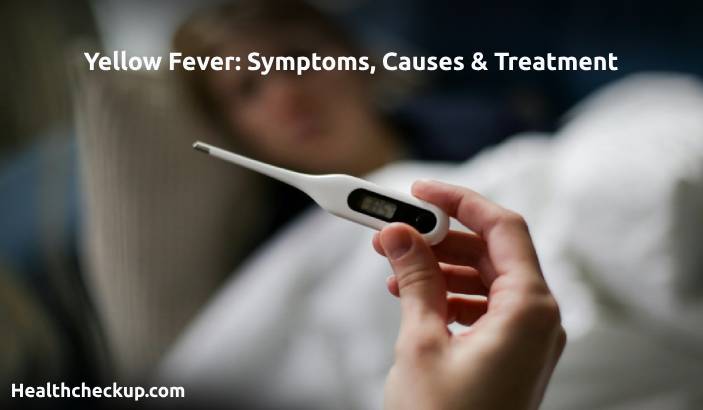Haemorrhagic fever is a type of viral illness that is characterized by bleeding (haemorrhage) and inflammation of the blood vessels. Haemorrhagic fevers are caused by a variety of viruses, including Ebola, Marburg, Lassa, and Yellow fever. Haemorrhagic fevers can range from a mild, self-limited illness to a severe, potentially life-threatening condition.
Symptoms of haemorrhagic fever
Symptoms of haemorrhagic fever appear one to 21 days after infection and include:
- Fever
- Headache
- Muscle aches and pains
- Weakness
- Fatigue
- Rash
- Bleeding (haemorrhage) from the gums, nose, or other body parts
- Inflammation of the blood vessels (vascular endothelialitis)
Complications of haemorrhagic fever include organ failure, shock, and death.
Diagnosis of haemorrhagic fever
Haemorrhagic fever is typically diagnosed based on the presence of characteristic symptoms and a history of exposure to infected individuals or areas. Laboratory testing, such as a blood test or polymerase chain reaction (PCR) test, can also be used to confirm the diagnosis.
Treatment of haemorrhagic fever
There is no specific treatment for haemorrhagic fevers, and treatment is generally supportive in nature. This includes providing fluids, electrolytes, and oxygen, as well as managing complications as they arise. In severe cases, hospitalization is necessary to provide supportive care.
Prevention of haemorrhagic fever
There are several steps that can be taken to reduce the risk of haemorrhagic fever, including:
Avoiding close contact with infected individuals: It is important to avoid close contact with individuals who are experiencing symptoms of haemorrhagic fever or who have been exposed to the virus.
Practicing good hygiene: Washing hands with soap and water, particularly after using the bathroom and before preparing food, can help to reduce the risk of infection.
Avoiding certain high-risk activities: It is important to avoid activities that may increase the risk of exposure to haemorrhagic fever viruses, such as handling infected animals or participating in certain cultural practices.
Getting vaccinated: Some haemorrhagic fevers, such as Yellow fever, can be prevented with vaccination. It is important to discuss your vaccination needs with your healthcare provider.
If you think that you have haemorrhagic fever, it is important to seek medical attention as soon as possible. Early diagnosis and treatment helps to prevent complications. Your healthcare provider will work with you to develop a treatment plan.









